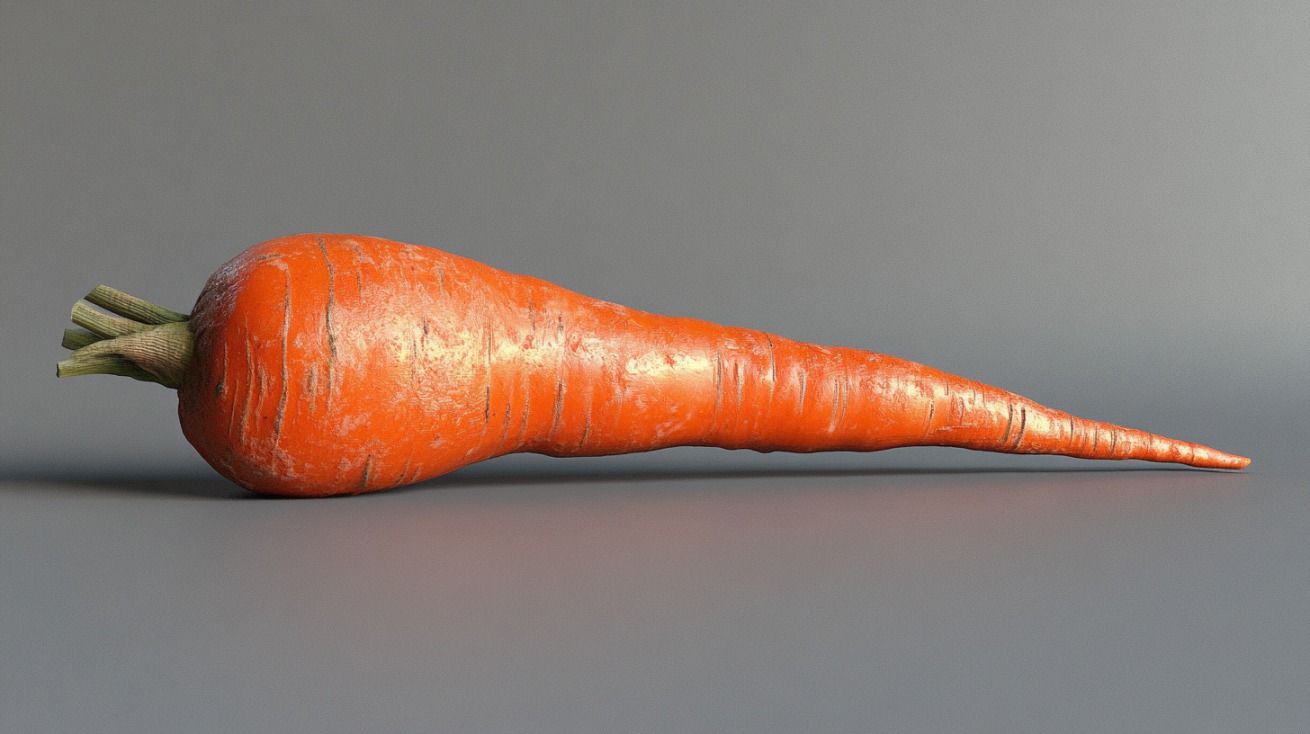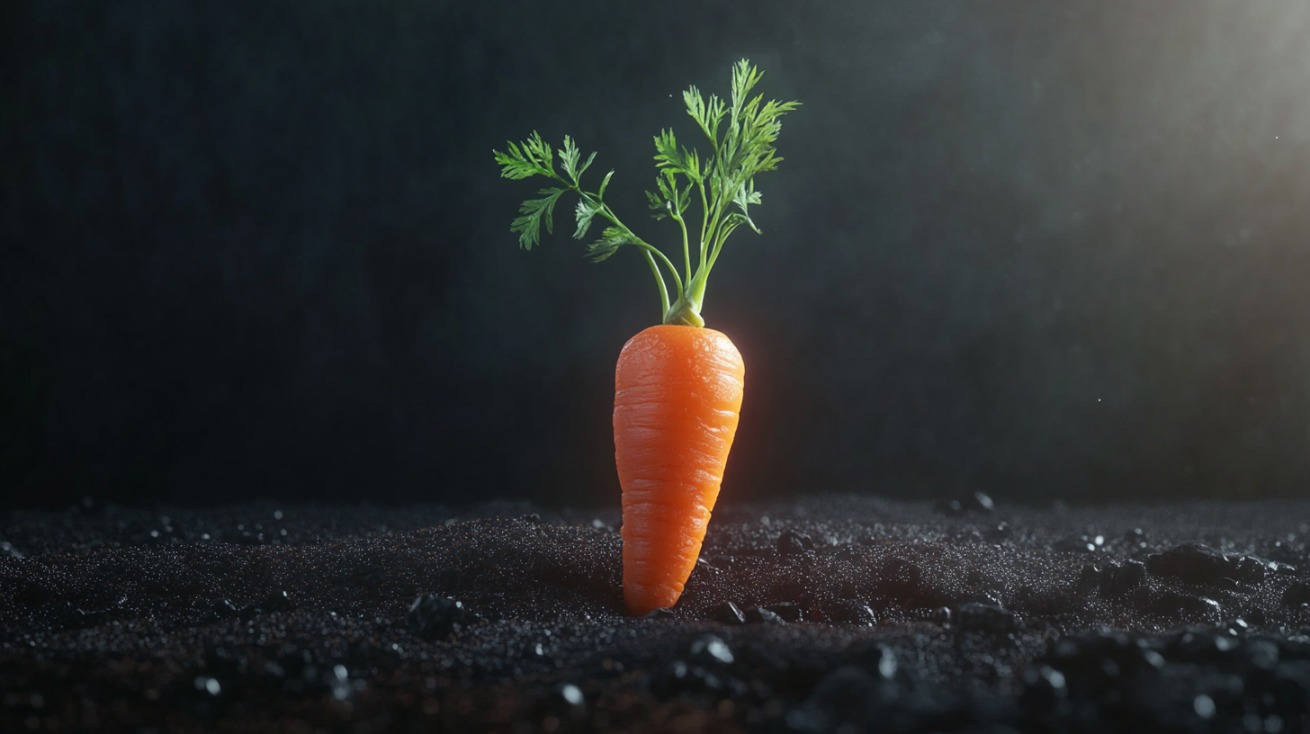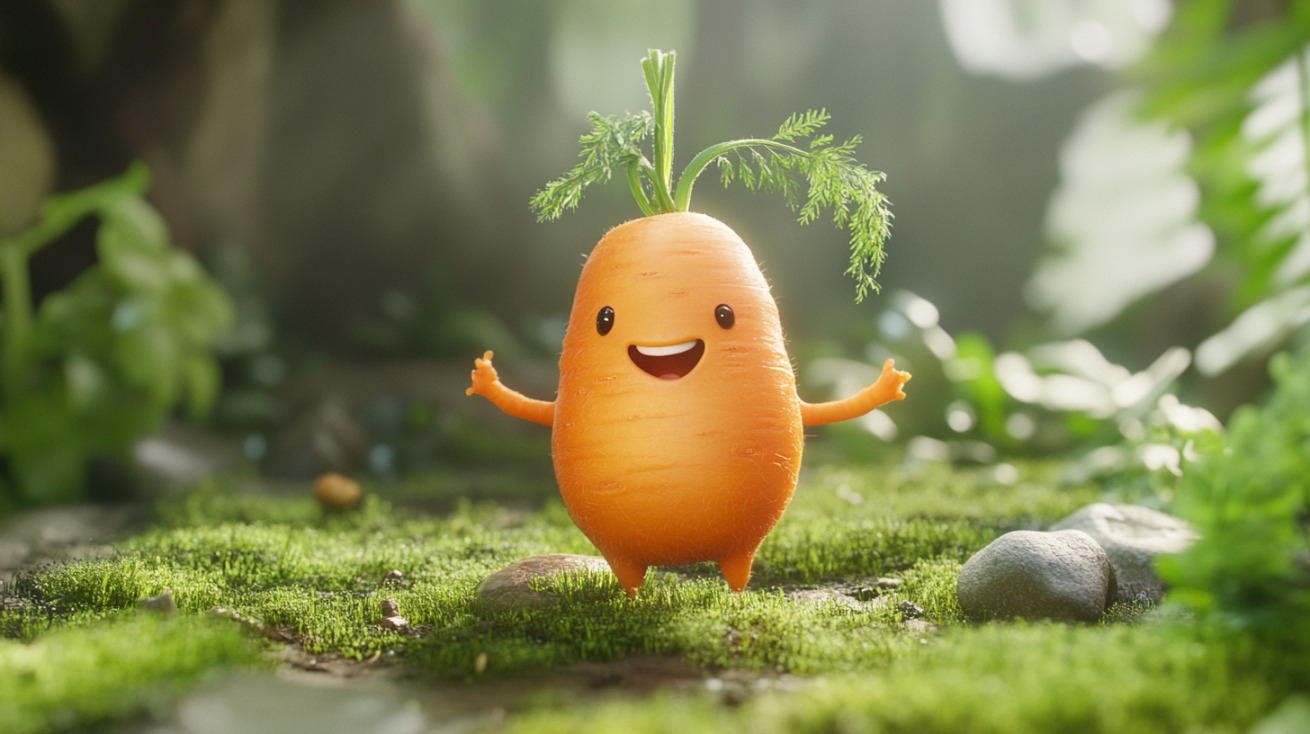Carrots often spark surprising debates, especially the one that asks: is it a fruit or a vegetable?
At first glance, it seems obvious—after all, they’re usually found in salads, stews, or maybe a juice cleanse recipe. But not everything is as it seems in the world of produce.
Classification isn’t based on taste or how something is cooked. It’s all about biology and culinary context. The goal here is to break down those two lenses and settle the carrot conundrum once and for all.
What Is It, Botanically?
Carrots grow underground as the thickened root of a plant, which means the best way to describe carrots is root vegetable.
They don’t form after a flower has bloomed, and there are no seeds hidden inside the crunchy orange flesh. That alone disqualifies them from being fruits by botanical standards.
Instead, carrots fit perfectly into the definition of a vegetable.
They’re edible plant parts that aren’t connected to the plant’s reproductive system. Science draws a very clean line in this case. No seeds, no flowers, no fruit. Just a colorful root doing its job beneath the soil.+

What Defines a Fruit and a Vegetable?
When it comes to classification, two different systems dominate the discussion: botanical and culinary.
In botanical terms, a fruit is formed from the ovary of a flowering plant and typically contains seeds. Examples include apples, tomatoes, cucumbers, and even avocados. If it comes off a flower and has seeds inside, it checks the fruit box.
Vegetables, botanically speaking, are everything else. Roots, stems, leaves, and even flower buds fall under this umbrella. Spinach, celery, and broccoli all qualify because they aren’t products of a plant’s ovary.
In the culinary world, flavor, texture, and use in meals do the categorizing. Fruits tend to be sweet, juicy, and found in desserts or eaten raw. Vegetables, on the other hand, are often savory or earthy and show up in main dishes or side plates. It’s a more casual classification but one people rely on in kitchens every day.
Culinary Use of Carrots
Carrots play a flexible role in the kitchen. Most often, they appear in savory recipes—soups, stews, roasts, and salads. Their slightly sweet, earthy flavor adds balance to heavier dishes. Mirepoix, the classic base of many soups and sauces, relies on carrots as one of its three core ingredients.
They do occasionally show up in sweets, with carrot cake being the prime example. Grated and spiced with cinnamon or nutmeg, carrots pair well with sugar and nuts. Yet even when used this way, they don’t get a seat at the fruit table. A good choice when it comes to vegetables you can pair carrots with, rice comes to mind.
Cooks and chefs almost universally treat them as vegetables. Their role in meals, preparation methods, and flavor profiles keep them on the savory side of the plate.
So, Is Carrot a Fruit or a Vegetable?
Botany labels it a root, not a product of ovary growth. Cooking traditions reinforce that view by placing it firmly in the vegetable category.
An easy tip for future food debates: if it grows underground and has no seeds, it’s probably a vegetable. If it comes off a flower and contains seeds inside, chances are it’s a fruit.
Carrots may be sweet enough to sneak into desserts now and then, but they’ve earned their spot next to potatoes, onions, and beets. No fruit basket is needed.

